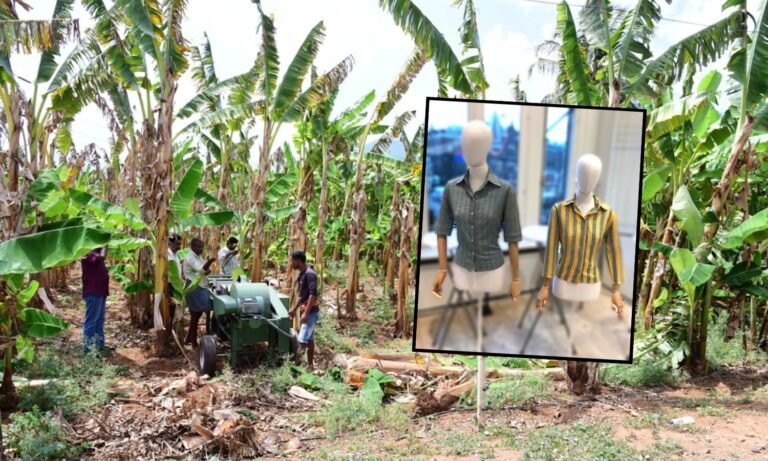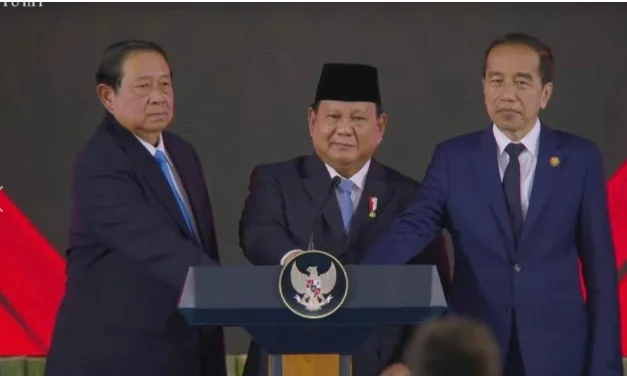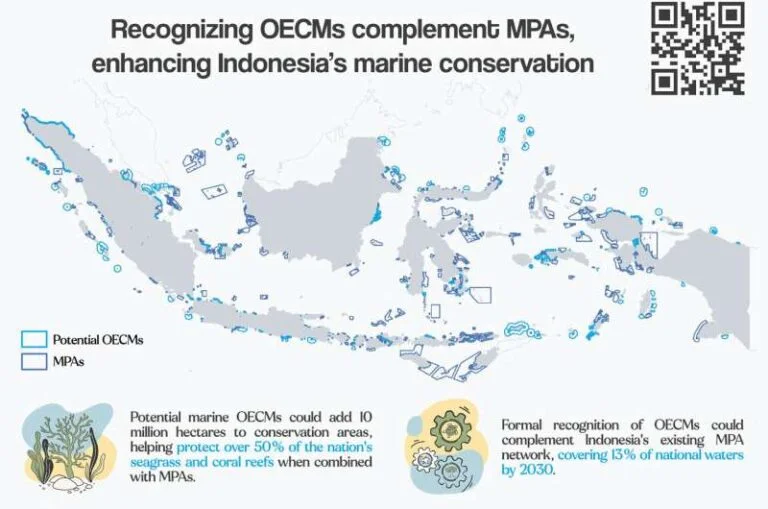Palm Oil yields 4 – 10 times more oil per hectare of land than other crops such as sunflower, rapeseed, soybean and coconut with serious social consequences and environmental deforestation.
The claim that palm oil is present in over 50% of packaged supermarket products is widely cited by organizations such as the World Wildlife Fund (WWF). According to WWF, palm oil is found in nearly half of the packaged products available in supermarkets, including items like pizza, doughnuts, chocolate, deodorant, shampoo, toothpaste, and lipstick . However, some sources challenge this statistic. For instance, the Sustainable Palm Oil Choice initiative argues that the “50%” figure is often repeated without robust supporting data and may oversimplify the issue .
LABELINING: There is consumer labeling for deforestation-free palm oil, but it’s not as clear-cut or widespread as you might expect. Here’s how it currently works: RSPO Certification (Roundtable on Sustainable Palm Oil)


- Label: You may see labels like “Certified Sustainable Palm Oil” or “RSPO Certified.”
- What it means: The palm oil is produced under RSPO guidelines, which include no deforestation, no development on peat, and respect for labor and land rights.
- Limitations:
- Not all RSPO-certified palm oil is fully traceable to deforestation-free sources.
- Some environmental groups criticize RSPO for inconsistent enforcement and allowing deforestation under certain conditions.
READ MORE ON LABELLING – Here+
Often criticized due to its association with deforestation and human rights abuses, palm oil has sparked growing public concern, leading some consumers to boycott it altogether and increasing pressure on retailers. However, boycotting palm oil isn’t the answer. In fact, switching to alternative oils can cause more environmental harm, as they often require more land and resources. The real solution lies in supporting sustainably produced palm oil.

“Palm oil mill” by Marufish is licensed under CC BY-SA 2.0.
Large-scale deforestation
Palm oil plantations are a leading cause of deforestation in tropical regions, especially in Indonesia and Malaysia (which produce over 83% of the world’s supply- 59% and 24% respectively). Vast areas of rainforest are cleared to make way for plantations, often using slash-and-burn methods. This results in:
- Loss of carbon sinks
- Release of stored carbon into the atmosphere
- Habitat destruction for wildlife
Biodiversity loss – Deforestation for palm oil devastates biodiversity. Critically endangered species such as:
- Orangutans
- Sumatran tigers
- Pygmy elephants
lose their habitats and food sources, and often come into conflict with humans or are killed during land-clearing operations.
Greenhouse gas emissions- The draining and burning of carbon-rich peatlands to create plantations releases vast amounts of CO₂ and methane, contributing to global climate change. Peatland fires also cause severe air pollution, affecting millions of people in Southeast Asia.
Soil and water degradation – Monoculture farming leads to soil erosion and depletes nutrients. The heavy use of pesticides and fertilizers pollutes rivers and groundwater, harming aquatic life and nearby communities.
Social impacts – Palm oil development often displaces indigenous peoples and rural communities, leading to land rights conflicts, poor labor conditions, and even human rights abuses, including child and forced labor in some regions.
Solutions – Sustainable certification schemes (like RSPO) aim to reduce environmental harm, but enforcement is inconsistent. Consumer awareness and corporate responsibility are growing, with more companies committing to deforestation-free palm oil.

deforestation-free palm oil is possible —but it’s complex and challenging to achieve at scale. It requires strong commitments from producers, buyers, and governments, plus transparency across supply chains and ongoing accountability and support for ethical producers, including incentives for smallholders to protect forests while maintaining income.
Deforestation-free palm oil is technically and economically feasible, especially with better land use planning, government action, and pressure from conscious consumers.
What Makes Deforestation-Free Palm Oil Possible?
Existing degraded land: There’s plenty of already-cleared or degraded land that can be repurposed for palm oil cultivation without cutting down rainforests or peatlands.
Sustainability standards : Initiatives like the Roundtable on Sustainable Palm Oil (RSPO) and NDPE policies (No Deforestation, No Peat, No Exploitation) have guidelines for responsible sourcing. Some companies already source palm oil only from certified, deforestation-free producers.
Satellite monitoring & traceability : Technology like satellite imagery and blockchain is improving supply chain transparency, making it easier to track and verify palm oil origins in near real time.
Corporate pledges : Major brands (Nestlé, Unilever, Ferrero, etc.) have pledged to eliminate deforestation from their palm oil supply chains—and some are making measurable progress.
ACUTE CHALLENGES: Weak enforcement. Voluntary standards like RSPO are only as strong as their enforcement—and loopholes, corruption, or lack of monitoring can let bad practices slip through.
Smallholder farmers. Millions of small-scale farmers grow palm oil. Helping them adopt sustainable methods without harming their livelihoods is essential but resource-intensive.
Leakage markets. Producers who lose access to deforestation-conscious buyers may sell to less regulated markets (e.g., domestic or emerging economies), undermining the impact.
Complex supply chains : Palm oil often passes through multiple intermediaries. Even one non-compliant supplier can taint an otherwise “clean” batch.















